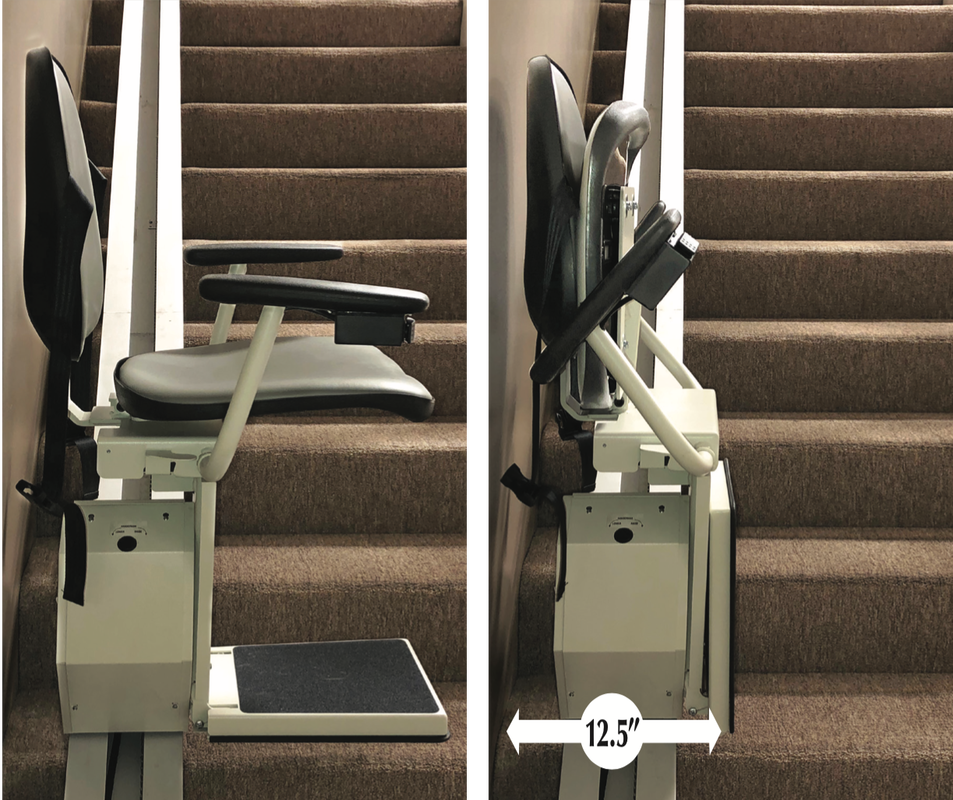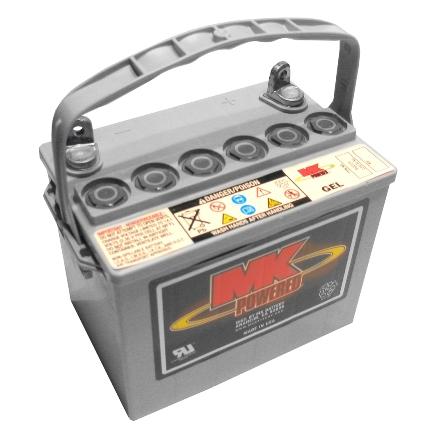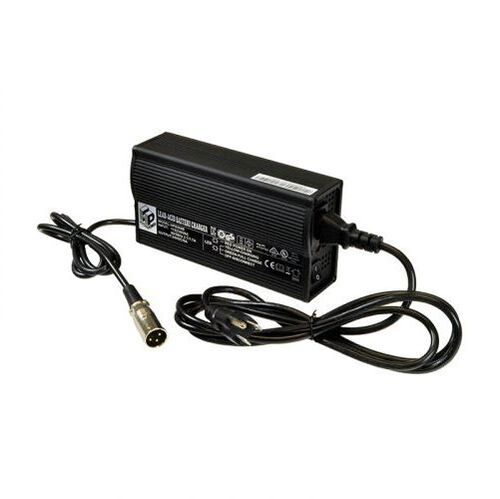☎ (331) 462-0144 | 1800 Des Plaines Avenue, Forest Park, IL 60130
|
AS MORE INDIVIDUALS PLAN TO AGE IN PLACE, HOME ACCESS IS GAINING IN IMPORTANCE IN THE CHICAGO LAND AREA. WHETHER DUE TO AN INJURY OR ILLNESS, AGE OR ABILITY, THE THOUGHT OF GETTING UP AND DOWN A STAIRCASE BECOMES MORE CHALLENGING. INNOVATIVE ENGINEERING AND DESIGN FROM A TRUSTED MANUFACTURER WILL GIVE YOU THE CONFIDENCE AND FREEDOM TO GO WHERE YOU WANT, WHEN YOU WANT, IN YOUR HOME. DON’T LET STAIRS SLOW YOU DOWN. WE OFFER A WIDE ARRAY OF HOME ACCESSIBILITY SOLUTIONS SUCH AS CURVED AND STRAIGHT STAIRLIFTS, PLATFORM LIFTS, AND OUTDOOR LIFTS TO HELP YOU MAINTAIN INDEPENDENCE IN AND AROUND YOUR HOME. COSTS CAN VARY GREATLY BASED UPON YOUR NEEDS, BUT AS AN APPROXIMATE GUIDE YOU CAN EXPECT TO SPEND BETWEEN $2,500-$5,500 FOR A STRAIGHT STAIR LIFT, WHILE CURVED STAIR LIFTS RANGE FROM $14,500-$24,000. SAFETY AND SECURITY ARE PRIMARY CONCERNS, BUT SO IS BEING ABLE TO ENJOY LIFE. DON’T RISK A FALL, GIVE US A CALL! DUPAGE MOBILITY GROUP RECOGNIZES THE NEED FOR STAIR LIFT REPAIRS, RENTALS AND SALES IN THE CHICAGO LAND AREA. CALL NOW: 331-462-0144 LEARN MORE A GUIDE TO MOBILITY SCOOTER BATTERIES All mobility scooter / electric wheelchair batteries are 12 volt and are usually fitted in pairs giving a 24 volt output. It is recommended that when replacing batteries they are purchased in pairs. The power output is marked in amp hours (Ah) on the side of the battery (e.g. 12 volt 35A/h). The amp hour rate may vary slightly from different manufacturers for a similar size battery. The next thing you need to decide once you have identified which battery Amp hour you require, is whether you want a GEL battery or an AGM (Absorbed Glass Mat) battery this is often referred to as a sealed lead acid (SLA) battery. Both batteries are sealed, non spill-able and maintenance free. The main difference between them is the performance/longevity. The battery in a scooter or power chair is the only power source and this battery is designed to work differently than other batteries, like car batteries for example. A car battery is designed for starting the car, therefore it is required to produce a large amount of power immediately as you turn the key, and is then constantly trickle charged. A GEL or SLA battery is designed to give a constant flow of power, over a longer period, and then to be recharged fully; this is called a cycle. BATTERY INSTALLATION
BREAK-IN PERIOD Active users of power wheelchairs cycle their batteries daily (deep cycling). This stringent application requires a unique battery design that will sometimes compromise initial capacity in return for longer battery life. Gel battery performance improves once the battery has been cycled (discharged and recharged) 20-25 times. This break-in period is necessary to fully activate the battery for maximum performance and longevity. Thus, range and running time of your mobility device could initially increase with use. WHEN TO CHARGE
STORAGE AND MAINTENANCE
|
⇣ Drag elements to your Custom Footer Container ⇣
DuPage Mobility Group |
Services |
LocationHoursMon - Fri: 10:00am - 4:00pm
Sat & Sun: Appointment Only |
Payment Accepted: Cash, Credit Card, Checks & PayPal
No mobile information will be shared with third parties/affiliates for marketing/promotional purposes. All the above categories exclude text messaging originator opt-in data and consent; this information will not be shared with any third parties.
No mobile information will be shared with third parties/affiliates for marketing/promotional purposes. All the above categories exclude text messaging originator opt-in data and consent; this information will not be shared with any third parties.
⇣ Drag elements to your Bottom Footer Container ⇣




